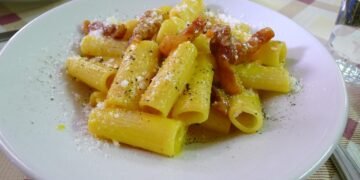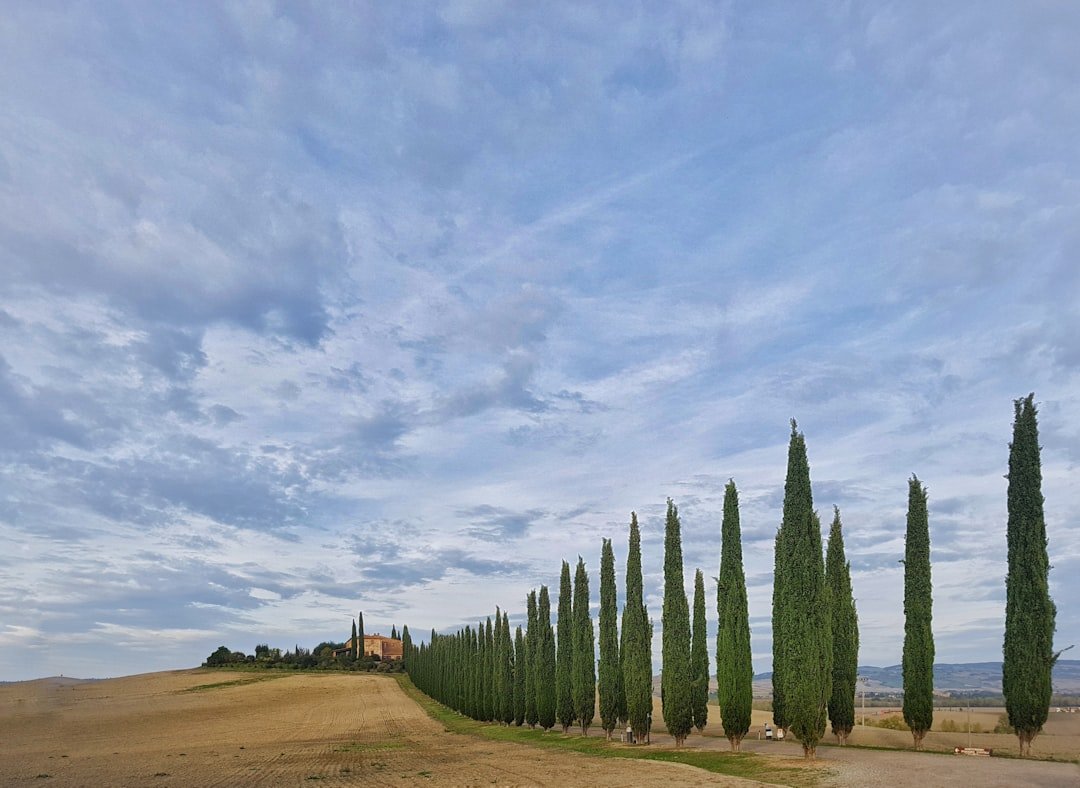Northern Italian Food: A Culinary Journey Beyond Pizza
When most people think of Italian cuisine, one dish often comes to mind: pizza. However, Italy’s culinary landscape offers a myriad of delicious and diverse dishes that move well beyond this famous food item, especially in the northern regions of the country. Each region displays a unique blend of flavors, ingredients, cooking techniques, and influences, resulting in dishes that open up a new world of gastronomic delight. In this article, we will embark on a culinary journey through Northern Italy, diving deep into its rich and varied cuisine.
A Brief Overview of Northern Italian Cuisine
While southern Italy is renowned for its tomatoes, mozzarella, and olive oil, northern Italy is known for its cheeses, stuffed pastas, risotto, polenta, and cured meats. The Northern Italian diet incorporates more meat, dairy, rice, and corn than the southern counterpart, partially due to the region’s cooler climate which is favorable for livestock rearing and rice cultivation. The combination of these elements creates dishes that are hearty and comforting, offering enticing flavors and timeless appeal.
Regions of Northern Italy and Their Signature Dishes
Each region in northern Italy has its distinct culinary style and dishes. Below are some of the most noteworthy regions and their signature dishes that go beyond pizza.
Lombardy
Lombardy, home to Milan, is known for its sophisticated yet hearty cuisine. Two classic dishes from this region are Osso Buco, a braised veal shank cooked with vegetables, white wine and broth, served with Gremolata, and Risotto alla Milanese, a creamy rice dish seasoned with saffron, one of the world’s most expensive spices.
Emilia-Romagna
Regarded as Italy’s culinary heartland, Emilia-Romagna offers a range of dishes that can satisfy even the most discerning palate. The region is particularly famous for its assortment of cured meats and cheese including Prosciutto di Parma and Parmigiano Reggiano. Emilia-Romagna is also the birthplace of Tagliatelle alla Bolognese, a rich and hearty meat sauce served over ribbons of fresh pasta.
Piedmont
Piedmont is notorious for its top-quality wines and white truffles, a prized delicacy. The region is also celebrated for its risotto and polenta dishes, as well as its bagna cauda, a warm dip made with garlic, anchovies and olive oil, perfect for dipping vegetables.
Key Ingredients in Northern Italian Cuisine
While each region in northern Italy has its signature ingredients, certain commonalities weave the diverse culinary tapestry of the northern Italian cuisine.
Rice and Polenta
Northern Italy is renowned for its rice dishes and polenta. These staples are cooked with various ingredients like meats, vegetables, and cheese to create flavorful and satisfying dishes.
Cured Meats and Cheeses
The Northern Italian region is famous for its cured meats and cheeses. With a robust and varied selection, these ingredients often take center stage in many dishes, imparting their unique flavors and textures.
Fresh Produce
Northern Italy boasts a diverse array of fresh produce. Fruits, vegetables, and herbs play a crucial role in enhancing dishes with freshness and vibrancy, balancing the richness of meats and cheeses.
Exploring the Flavors of Northern Italian Cuisine
Central to the appeal of northern Italian food is the balance of flavors. A harmonious blend of savory, sweet, sour, and bitter elements contribute to the overall taste profile of each dish and serve as a testament to the sophistication of northern Italian gastronomy.
The Importance of Seasonality
In northern Italian cuisine, the use of seasonal, local ingredients is pivotal. The resulting dishes, from hearty stews in the winter to vibrant salads in the summer, are a true celebration of the rhythms of nature.
In conclusion, Northern Italian cuisine is a world in itself, boasting a rich diversity of dishes made from locally sourced, high-quality ingredients. This culinary journey beyond pizza opens up a whole new world of flavors, textures and culinary experiences. Hop aboard and savor the gastronomic treasures of Italy’s north.
A Deeper Dive into Northern Italian Cuisine
Take a step beyond the typical pizza and pasta fare to explore the rich and diverse culinary landscape of Northern Italy. Northern Italian food carries the influences of neighboring countries, as well as that of the cultural history of the region’s major cities. Savory meats, fresh vegetables, creamy sauces, and decadent desserts abound, all infused with staple ingredients like garlic, local vinegars, and aromatic herbs.
Noteworthy Dishes from Northern Italy
Featuring a range of flavors, the dishes of Northern Italy are known for their depth and complexity. Let’s explore some of the most noteworthy dishes that originate from this culinary haven.
Osso Buco alla Milanese
A signature dish of Milan, Osso Buco alla Milanese is a braised veal shank cooked with vegetables, white wine, and broth. It is often served with risotto, making a full, hearty meal that is perfect for cold nights.
Polenta
Cornmeal, better known as Polenta, is a staple in the Northern Italian kitchen. Rather than using pasta or rice, many Northern Italian recipes call for this versatile ingredient, showcasing its ability to adapt to a variety of dishes and preparations.
Stoccafisso alla Genovese
Originating from Genoa, Stoccafisso alla Genovese is a traditional dish prepared with dried cod, potatoes, pine nuts, and olives. Infused with garlic and local olive oil, this dish is a testament to the region’s coastal influence.
The Influence of Local Produce in Northern Italian Food
A great deal of Northern Italy’s distinct culinary identity comes from utilizing local resources. The region’s diverse geography offers a plethora of ingredients that greatly contribute to the unique and flavorful dishes. Here is a quick look at some of the special ingredients found in Northern Italian food.
Grana Padano Cheese
Similar to Parmesan, Grana Padano cheese is exclusively produced in Northern Italy. A hard, slowly ripened cheese, it lends a unique, nutty flavor to dishes.
Balsamic Vinegar
Traditional Balsamic Vinegar, particularly from the region of Modena, is another typical northern Italian ingredient. Aged in wooden barrels for several years, it adds a rich, complex flavor to meals.
Conclusion: An Alluring and Diverse Culinary Landscape
Northern Italy offers a feast for the senses with its rich array of gastronomic delights. Its complex dishes, characterized by the use of local ingredients and unique cooking techniques, create a culinary experience that goes way beyond the typically-known pizza or pasta. Indeed, taking a journey through Northern Italian food is a delicious exploration of the region’s history and connection to the land and sea.
























